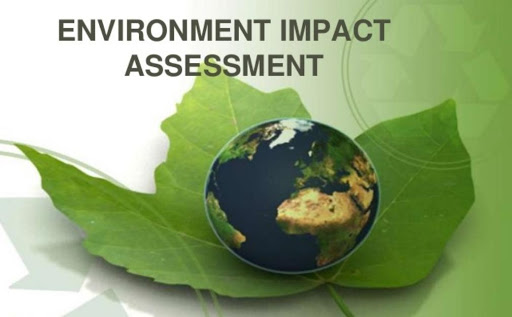Free Courses Sale ends Soon, Get It Now


Free Courses Sale ends Soon, Get It Now



Disclaimer: Copyright infringement not intended.
Context
What is Environmental Impact Assessment?
What are the steps involved?
What is the importance of EIA?
https://epaper.thehindu.com/Home/ShareArticle?OrgId=GIA9PJ155.1&imageview=0
© 2024 iasgyan. All right reserved